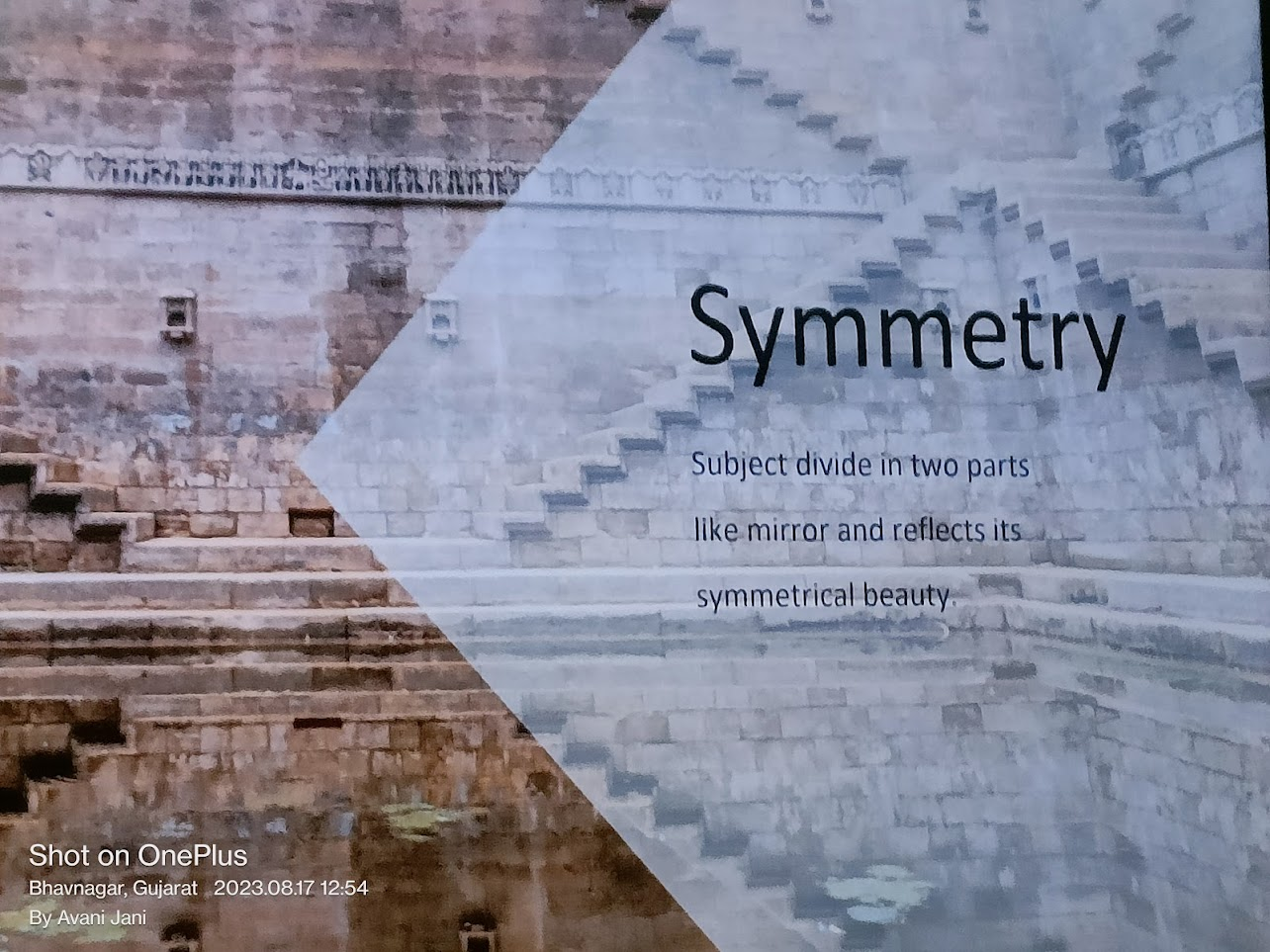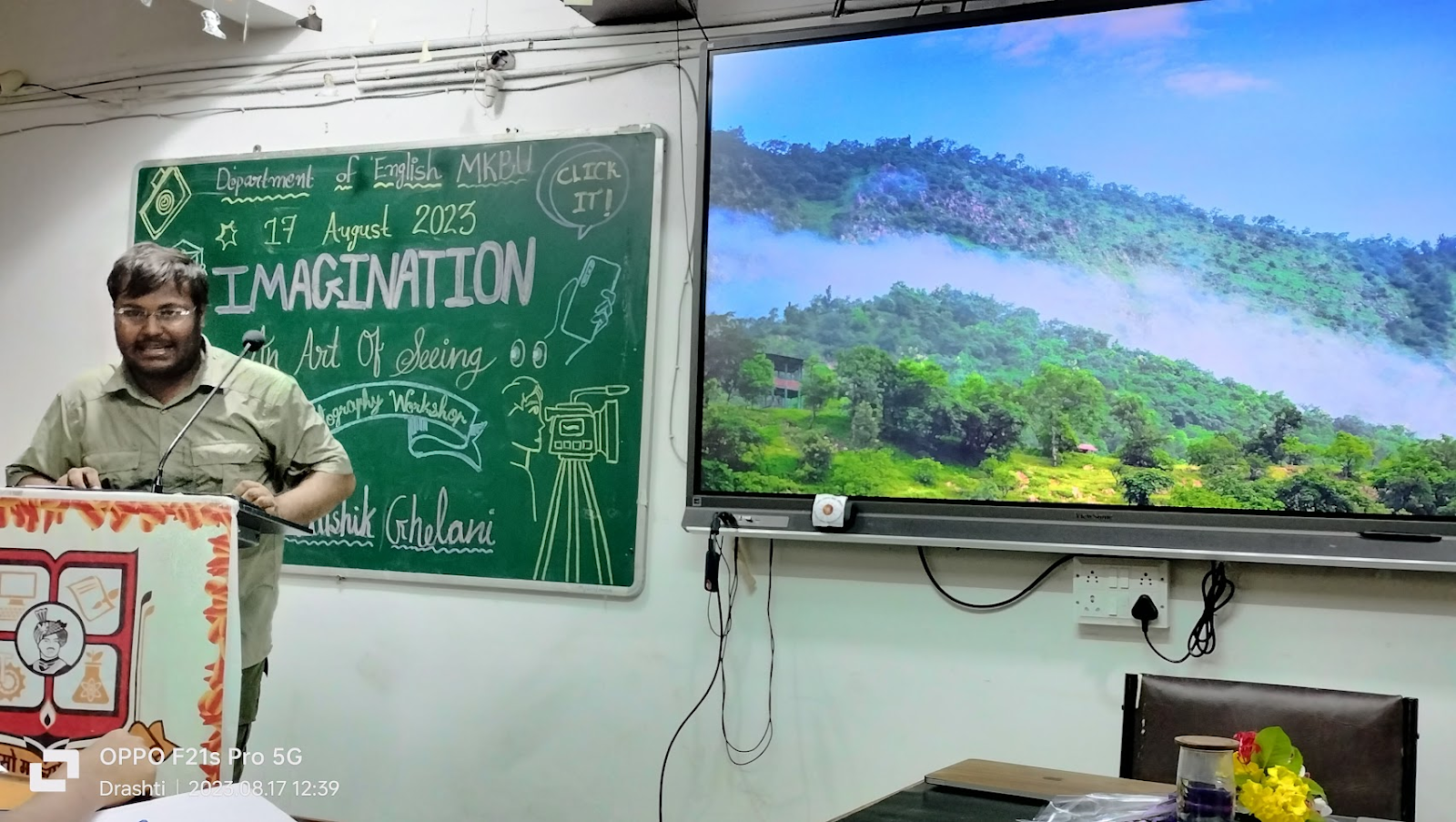Hello everyone!!! In this blog I'm written about Salman Rushdie's novel "Midnight's Children". I have to discuss two questions from Our Professor's question bank. To watch and read full blog visit on this site -
Salman Rushdie is a renowned British-Indian novelist and essayist, born on June 19, 1947, in Mumbai, India. He gained worldwide fame with his 1981 novel "Midnight's Children," which won the Booker Prize. Rushdie's writing often blends magical realism with political and social commentary.
One of his most famous works is "The Satanic Verses" (1988), which sparked significant controversy due to its portrayal of religious figures and themes. The book led to a fatwa issued by Iran's Ayatollah Khomeini, calling for Rushdie's death, resulting in years of living in hiding.
Rushdie's other notable novels include "The Moor's Last Sigh" (1995), "The Ground Beneath Her Feet" (1999), and "Shalimar the Clown" (2005). His writing covers a range of topics, including identity, multiculturalism, migration, and the collision of East and West.
Rushdie's style often involves intricate storytelling, wordplay, and rich imagery. He has continued to produce works that challenge literary norms and explore complex themes.
1.Write an essay on narrative technique in Midnight’s Children.
"Midnight's Children," written by Salman Rushdie, is a masterpiece that skillfully employs a variety of narrative techniques to weave a complex and captivating story. These techniques play a pivotal role in shaping the novel's structure, perspective, and thematic depth, enriching the reader's experience.
One of the most prominent narrative techniques used in the novel is the first-person retrospective narration. The protagonist, Saleem Sinai, serves as both the narrator and a central character. By recounting his life from a later vantage point, Saleem infuses the narrative with his personal reflections, emotions, and biases. This technique creates an intimate connection between the reader and Saleem, allowing for a deeper understanding of his thoughts and experiences.
Rushdie also employs magical realism, a narrative device where fantastical elements are seamlessly integrated into a realistic setting. This technique is crucial in conveying the extraordinary nature of Saleem's life and the historical events he is entwined with. The children born at the stroke of midnight on India's independence, each endowed with unique powers, exemplify this magical realist approach. These supernatural occurrences are presented matter-of-factly, blurring the line between reality and fantasy and inviting readers to question the boundaries of truth and imagination.
The novel's nonlinear structure is another narrative technique that mirrors the fractured history of postcolonial India. Rushdie navigates between different time periods and perspectives, creating a mosaic of interconnected stories. This fractured chronology mirrors the chaos and complexity of India's history, effectively capturing the nation's tumultuous journey towards self-discovery and identity.
Additionally, the employment of allegory is notable in "Midnight's Children." The characters and events often symbolise larger political and social concepts. For instance, Saleem's personal transformation and physical deterioration parallel the transformation and challenges faced by the nation of India. This allegorical layer adds depth to the narrative, allowing readers to engage with both the personal and the collective struggles depicted in the story.
Language and wordplay are also integral narrative techniques in the novel. Rushdie's prose is rich with metaphors, puns, and cultural references. This linguistic inventiveness creates a vibrant and textured narrative, reflective of India's diverse and multilayered cultural fabric. It also invites readers to actively engage with the text, decoding the layers of meaning hidden within the language.
In conclusion, Salman Rushdie's "Midnight's Children" employs a multitude of narrative techniques that contribute to the novel's intricacy and impact. Through the use of first-person retrospective narration, magical realism, nonlinear structure, allegory, and linguistic innovation, Rushdie crafts a story that not only captures the essence of postcolonial India but also explores universal themes of identity, history, and the interplay between reality and imagination. The combination of these techniques results in a narrative that is both intellectually stimulating and emotionally resonant, leaving a lasting impression on its readers.
2. Write an essay on ‘Rushdie on English and Englishes’ with reference to your reading of Midnight’s Children.
Salman Rushdie, a renowned author, delves into the intricacies of the English language and its various forms, often referred to as "englishes," in his novel "Midnight's Children." This novel, set against the backdrop of India's transition to independence, not only narrates the story of Saleem Sinai but also explores the dynamic relationship between language and identity.
Rushdie's portrayal of English in "Midnight's Children" is not confined to a single uniform entity. Instead, he embraces the concept of "englishes," highlighting the diverse ways in which English is spoken and understood across different cultures and societies. This concept challenges the notion of a standardised and homogenous English language, emphasising its adaptability and fluidity.
The characters in the novel exhibit a range of linguistic patterns, reflecting their backgrounds and experiences. Standardised ed" English spoken by characters like Saleem Sinai and Shiva represents a fusion of English with Indian languages, a testament to the linguistic hybridity that emerges in multicultural societies. This linguistic fusion serves as a metaphor for the intricate fusion of cultures and identities in post-colonial India.
Rushdie also addresses the power dynamics associated with language. English, once the language of the colonizers, becomes a tool of empowerment for characters like Saleem, who use it to assert their presence and influence. The characters navigate between their mother tongues, regional languages, and English, reflecting the complexities of their identities.
Moreover, Rushdie's exploration of "englishes" underscores the idea that language is not merely a means of communication, but a repository of history, culture, and memory. In the novel, language serves as a link to the characters' past and a tool for preserving their heritage. The characters' language choices are intertwined with their struggles for self-expression and the preservation of their individual stories.
In conclusion, Salman Rushdie's "Midnight's Children" offers a profound exploration of English and its various forms, or "englishes." Through the experiences of its characters, the novel highlights the intricate relationship between language and identity, as well as the dynamic nature of English as it adapts and evolves within diverse cultural contexts. Rushdie's narrative not only celebrates linguistic diversity but also prompts readers to reflect on the complex interplay between language, history, and personal identity.
















